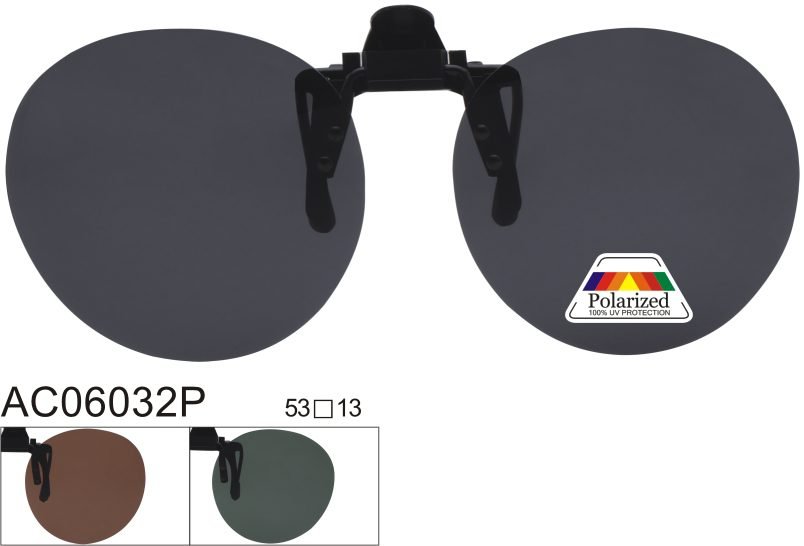
The voice control function of sunglasses integrates voice recognition and interaction technologies, enabling users to control the device’s functions through voice commands. The following is a detailed introduction:
First, realization of core functions
Voice command triggered
Users can activate the voice system by preset wake-up words (such as « Hey »), allowing them to issue commands without manual operation. It supports operations such as making phone calls, playing music, querying information, and controlling shooting. For example, when cycling, one can switch songs or shoot videos by voice, freeing up both hands.
Multi-device linkage
The voice control function usually relies on a Bluetooth connection with a smart phone or other devices to invoke the voice assistant on the device (such as the voice assistant built into the phone) to complete the execution of instructions. For example, start navigation or send messages through voice commands.
Scenario-based interaction
Combined with sensor data, voice control can be adapted to different scenarios. For example, automatically adjust the volume in strong light environments, or record exercise data through voice during exercise.
Second, technical support
Speech recognition technology
Bone conduction or microphone array technology is adopted to improve the accuracy of speech recognition in noisy environments. For example, bone conduction technology transmits sound through the bones in the head, reducing the interference of environmental noise.
Noise reduction and echo cancellation
Built-in noise reduction algorithms and sound leakage prevention design ensure clear calls. For example, it supports anti-wind noise function, ensuring call quality even when driving at high speed.
Low power consumption design
Optimize the power consumption of the voice module to extend the battery life of the device. For instance, the low-power Bluetooth protocol is adopted to reduce the impact of voice interaction on the battery.
Third, user experience optimization
Quick response
The voice wake-up word recognition is sensitive, and the command execution delay is low, ensuring smooth operation for users. For example, after Shouting the wake-up word, the device can respond and execute the instruction within one second.
Privacy protection
Voice data is encrypted and transmitted to prevent information leakage. For example, voice instructions are only processed locally or transmitted to the device end through a secure channel.
Personalized customization
Support user-defined wake-up words or instruction sets to enhance interaction personalization. For example, users can set « take a photo » as a specific voice command to quickly activate the shooting function.
Fourth, application scenarios and limitations
Applicable scenarios
Driving scenario: Make phone calls or navigate through voice control to enhance driving safety.
Sports scenarios: When cycling or running, there is no need to manually operate the equipment; just focus on the exercise itself.
Outdoor scene: Voice control is more convenient in strong light or when wearing gloves.
Limitations
Environmental interference: In extremely noisy environments, the accuracy of speech recognition may decline.
Functional dependence: Some functions rely on connected devices. If the mobile phone is not connected to the Internet or the voice assistant is unavailable, the functions will be limited.
Learning cost: Users need to be familiar with the wake word and instruction set. In the initial stage, there may be situations where they are not proficient in operation.
